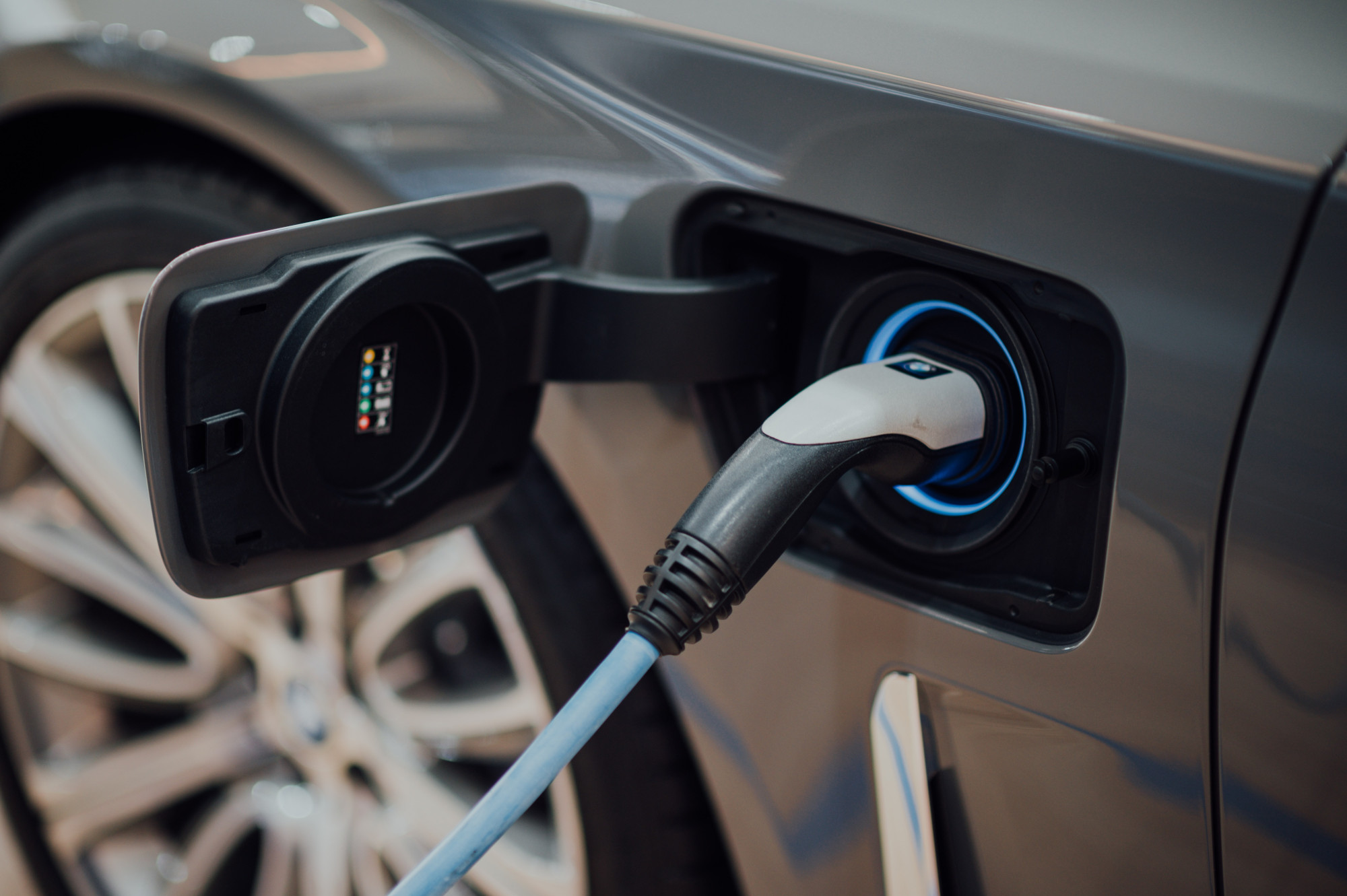As electric vehicles (EVs) become more popular, more people are looking into charging their vehicles at home. Fortunately, charging an EV at home is relatively easy, but it’s important to understand a few key things before you get started. In this article, we’ll cover everything you need to know about charging EVs at home.
Level 1 versus level 2 charging
First, it’s important to understand the difference between level 1 and level 2 charging. Level 1 charging is done using a standard 120-volt electrical outlet found in some countries like Australia. This is the slowest way to charge an EV, and it typically takes 8-12 hours to fully charge an EV battery this way.
Level 2 charging, on the other hand, requires a 240-volt outlet (as has been standard in the UK for about 50 years). This kind of charging is much faster, and it can fully charge an EV battery in 4-6 hours. Level 2 chargers can be installed in your home, and many EV manufacturers offer charging station installation services.
Which type of charger should you use?
When it comes to choosing the type of charger for your EV, there are a few things to consider. First, you need to consider the charging speed you need. If you only drive short distances and don’t need to charge your car very often, level 1 charging may be sufficient for your needs (if indeed it is available). However, if you have a longer commute or frequently drive long distances, level 2 charging may be a better option. Then you should check websites like iSelect electricity providers Melbourne to avail services of the best electricity service provider.
Another thing to consider is the charging station’s compatibility with your car. Most EVs can be charged using a Level 2 charger, but some older models may only be compatible with Level 1 charging. Before you buy a charging station, be sure to check its compatibility with your specific vehicle.
Finally, you’ll need to consider the cost of installation. Level 1 charging doesn’t require any special installation, so it’s the cheapest option. However, if you decide to install a Level 2 charger, you’ll need to hire an electrician to install a 240-volt outlet, which can cost hundreds.
Charging times
As mentioned earlier, level 1 charging is much slower than level 2 charging. The exact charging times will depend on the size of your EV’s battery and the charging speed of the charging station. Here are some rough estimates for how long it takes to charge an EV using different methods:
- Level 1 charging: 8-12 hours
- Level 2 charging: 4-6 hours
- DC fast charging: 30-45 minutes (this is a fast-charging method that requires specialized charging equipment)
It’s important to note that these are just rough estimates, and the actual charging times will depend on the specific charging station and the size of your EV’s battery. Additionally, it’s worth noting that the charging speed may slow down as the battery gets closer to full capacity.
Charging cost
Another thing to consider when charging your EV at home is the cost of electricity. EVs are generally cheaper to operate than combustion engine-powered cars, but it’s important to understand how much it costs to charge your car at home.
The cost of electricity varies depending on where you live and the time of day, but on average, it costs about $0.12 per kilowatt-hour (kWh) in the United States. To calculate the cost of charging your EV, you’ll need to know how many kWh your EV’s battery can hold and how much of that capacity you’re using. For example, if your EV has a 60 kWh battery and you charge it from empty to full, it will cost about $7.20 to fully charge your car.
Charging an EV at home is a convenient and cost-effective way to keep your car charged and ready to go. By understanding the different types of chargers, charging times, and cost considerations, you can choose the best charging option for your needs and keep your car charged safely and efficiently. With a little bit of planning and preparation, you can enjoy the benefits of owning an EV without the hassle of searching for charging stations or waiting in line to charge your car.








